Delhi itself gives the glimpse of the status of cities of India.
The stress of increasing population, lack of …
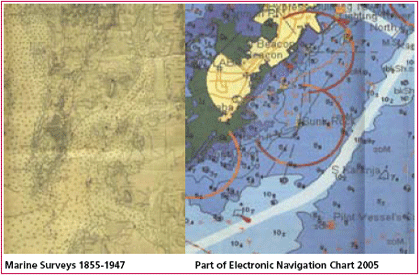
Mumbai acquired its port importance only with the advent of the Portuguese in 1508. Francis Almeida sailed into this harbour and called it as Bom Bahia or the Good Bay. The British corrupted the Portuguese name “Bom Baia” to “Bombay”. The Kolis used to call the islands “Mumba” after Mumbadevi.
It was the British who developed it into a centre of commerce to rival any other centres in the country then. The British embarked upon large-scale reclamations and engineering works to consolidate the seven islands. In 1803 Bombay was connected with Salsette by a causeway at Sion. A causeway now called Colaba Causeway joined the island of Colaba to Bombay in 1838 and the Causeway connecting Mahim and Bandra was completed in 1845. This gave access to the rich hinterland of the Deccan providing further impetus for the growth of then Bombay.
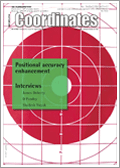
Positional accuracy enhancement of an INS/DGPS integrated system using cascade denoising algorithm KAI-WEI CHIANG, YUN-WEN HUANG, CHRIS GOODWALL AND NASER EL-SHEIMY
The end of ’Last Orders‘ in spatio-temporal representation? M MORAD, A ADAMU,
S KHADDAJ
Cartography as a tool in study of dredging SACHIN S PENDSE
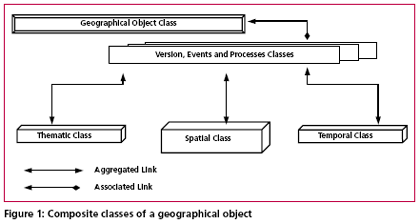
Despite the rapid advances in software and hardware technologies, the development of temporal databases capable of dealing with the evolution of geographical entities remains a challenging task. The aim of this paper is to discuss a proposed model that is able to handle spatial entities over time as a continuum.
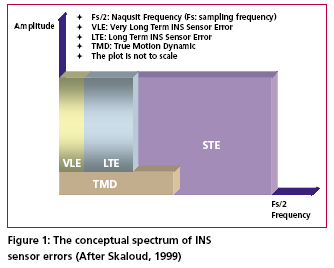
According to Skaloud [1999], the inertial sensor errors are composed of long term errors (low frequency components) and short term errors (high frequency components). Therefore, a conceptual plot of the frequency spectrum of the inertial sensor errors in the measurements can be illustrated as in Figure (1).
German government makes funds available for Galileo development work
The German federal government will provide funds to the tune of 2.5 million Euros for research and development work in Rostock on the European satellitebased navigation system Galileo.
In the course of a visit to the Rostockbased technology company RST, Wolfgang Tiefensee, the Federal Minister responsible for promoting the industries of the eastern federal states that used to make up the German Democratic Republic, said that the groundwork R&D in the field of aerospace technology carried out by companies in Mecklenburg West-Pomerania was of an outstanding quality. Substantial funds would now be invested in Galileo application research, he added.
Within the context of research undertaken by RST, four transmitters will be set up in the port of Rostock capable of giving off Galileo signals. During the test phase the signals, which allow the receiver to pinpoint the position of the sender exactly, will be picked up by a ship of the ferry line Scandlines. www.heise.de

Arirang 2 sends first photographs
A multipurpose satellite that South Korea launched into space in July, has sent back its first photographs, proving that the images provided by Arirang 2 are vivid enough to distinguish small objects on the ground. The Ministry of Science and Technology and the Korea Aerospace Research Institute (KARI) unveiled the images from the high-resolution cameras of Arirang 2.
http://english.hani.co.kr

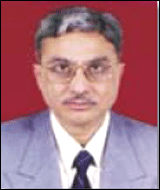
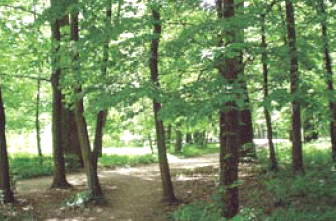
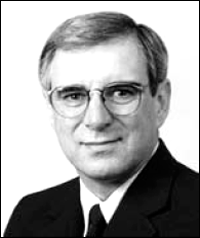






 (5.00 out of 5)
(5.00 out of 5)